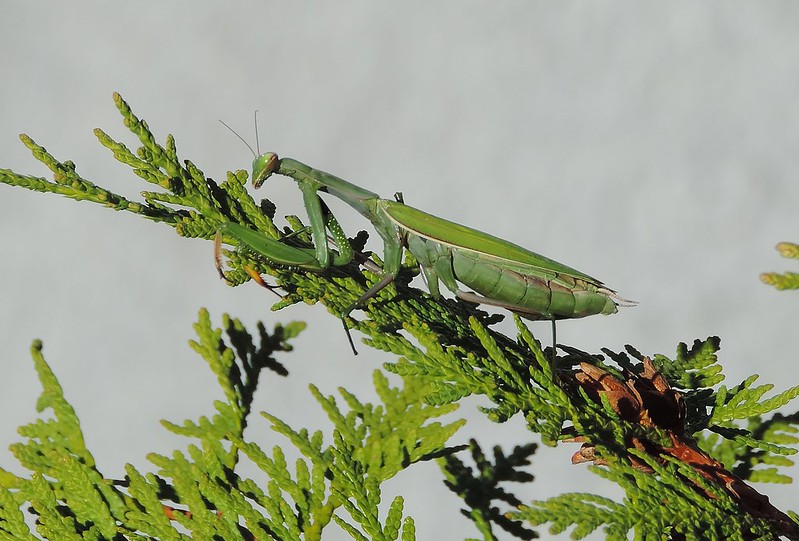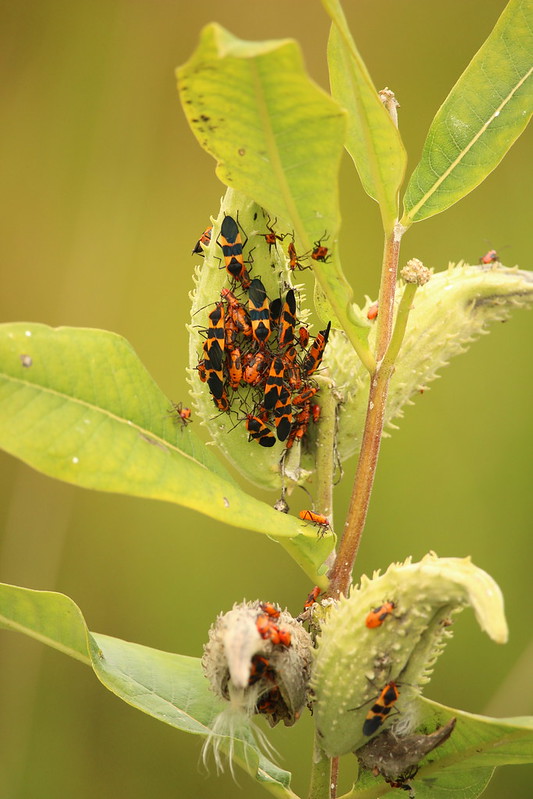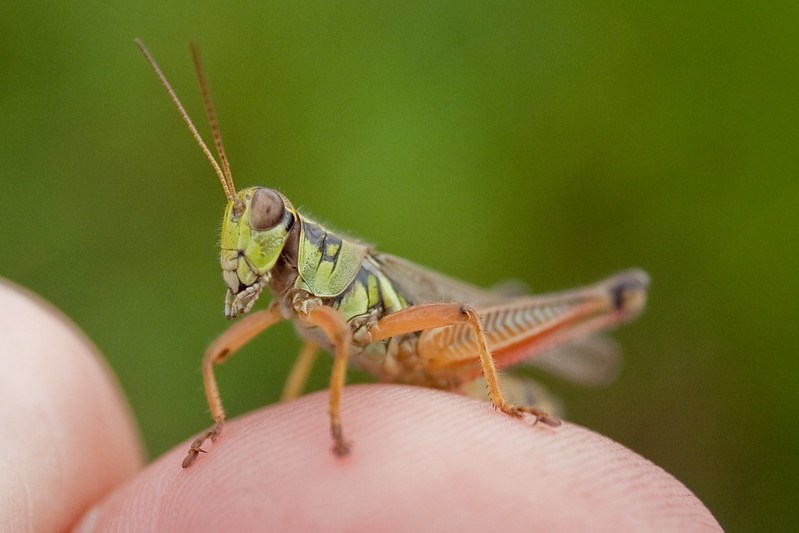I’ve been thinking about Monarchs recently. Now, in the end of September, most are well into their journey south. Should the butterflies avoid all the hazards of their long journey, they will overwinter in the mountain fir forests in Mexico. We may see a handful of stragglers through early October. However, my thoughts have been less about butterfly sightings and more about the general love and connection people have with the popular black and orange butterfly.
Monarchs are an attractive insect. They are easy to recognize and interesting to raise as caterpillars. And as the population fell, their popularity rose. So many of us are fascinated by their life cycle and appearance even as much of their migration is still cloaked in mystery and questions.
But they are only one of 722 butterfly species in North America. And one of over 100,000 insects. Monarchs are just the beginning of an amazing world of small creatures. Early fall, when insects are approaching the end of their life cycle or preparing for winter, is a great time to pay attention to the myriad of other small creatures. Insects can be found everywhere, but here are a few I notice in the early fall.
Outdoor fall walks are accompanied by the raspy songs of grasshoppers and crickets. Spring is the time of bird songs and summer is for frog songs. Once they are done, grasshopper, cricket and katydid sounds fill the late summer and fall air. By rubbing their wings together, or rubbing wings on their legs for some species, males call to females to mate and continue their lifecycle.

Harvesting a few greens for lunch in Audubon’s vegetable garden, I spot a Praying Mantis. It is at its largest in early fall, about the size of my hand. It seems to examine me, larger still, with inquisitive eyes and a tilt of its head. If female, it may be looking for a location to lay her hundreds of eggs, all wrapped in one case attached to a stem. The eggs will overwinter and hatch come spring.
I choose a lunch spot next to the Obedient Plant in Audubon’s native flower garden. The bright pink flowers are still in full bloom and abuzz with bee visitors. Some bees are small enough to fit inside the tubular blossoms, reaching to the back of the flower for nectar, spreading pollen along the way. Larger bees, such as Bumblebees and even most Honeybees can’t fit inside, but they have figured out a way to feed from the plant. I watch as they land on top of each flower and stick their tongue in the back of the flower, close to where it meets the stem. By using this back door, the bees get nectar but don’t spread pollen, which is why this behavior is often called nectar robbing.
Insect populations are in decline. We’ve heard this, right? We’ve heard it about Monarchs and Honeybees. But overall, around the world, the number of insects are decreasing. Which is why, on fall days when insects seem to be in abundance, I think about Monarchs.

Can we care about other insects like we care about the Monarch? Can we go beyond beauty and appreciate the drab, the weird and the ugly? Can we get over the idea that insects are inconvenient pests and see their critical role in our world? Insects are a key link in the food chain. Many are herbivores. They eat the plants and in turn, are eaten by other organisms. For example, it takes 6,000 to 9,000 leaf eating caterpillars to raise a clutch of chickadees.
Insects also provide critical ecosystem services like pollination for not only our food crops but wild plants as well. Insects like flies and beetles are important decomposers of dead plant and animal remains. Admittedly, this is not a very attractive role, but without them the outdoors would be less attractive and probably pretty smelly.
But what do we do? There is a laundry list of answers because there is a laundry list of causes – habitat loss, climate change, pollution, pesticide use, invasive plants. Different causes have different solutions and are more then we can discuss here. But, I think, all the solutions start with appreciation and paying attention. Can we watch, listen, and wonder at all the other six-legged creatures like we do the most attractive of the bunch?
Audubon Community Nature Center builds and nurtures connections between people and nature. ACNC is located just east of Route 62 between Warren and Jamestown. The trails are still open from dawn to dusk as is Liberty, the Bald Eagle. The Nature Center is partially open, including restrooms, the Blue Heron Gift Shop, and some exhibits. More information can be found online at auduboncnc.org or by calling (716) 569-2345.
Katie Finch is a Senior Nature Educator at Audubon.


Recent Comments